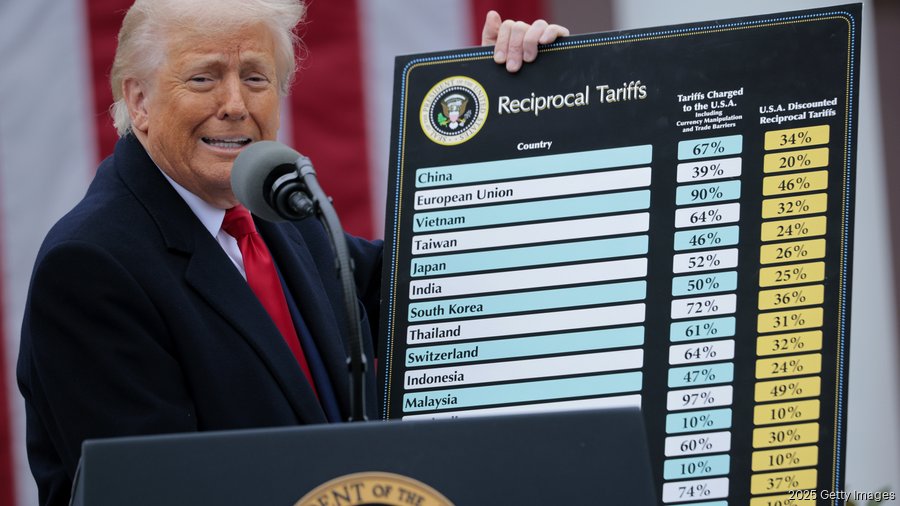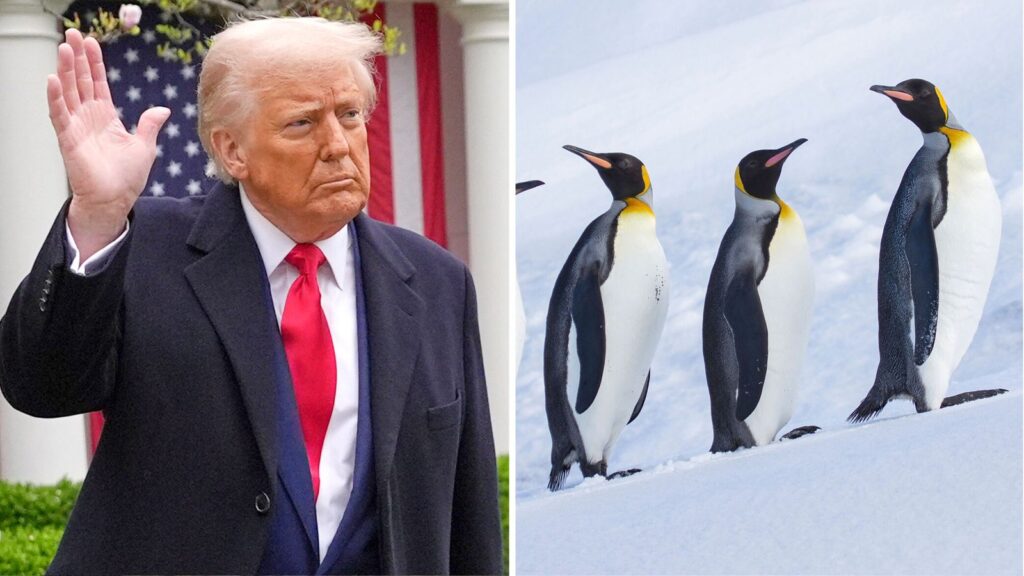The trade deficit between the United States and China stands at 67%. However, in a stunning display of ignorance, former President Donald Trump made an inaccurate statement, claiming that this 67% figure represented the tariff rate China imposes on American goods. This was completely untrue. Trump misunderstood the concept and, based on his flawed interpretation, decided to impose a tariff of about half that rate- 34%- on Chinese imports. This decision wasn’t isolated; similar tariffs were applied to imports from several other countries.

Chip Somodevilla / Getty Images
What’s baffling is how no one around Trump corrected him. Even primary school children could grasp the fundamental difference between a trade deficit and a tariff rate. Yet Trump proceeded, pushing the boundaries of absurdity even further when he imposed tariffs on some uninhabited islands near Antarctica.
Heard Island and McDonald Island, located near Antarctica, have no human inhabitants. No one has even visited them in the last decade. These islands are home only to penguins. Despite this, Trump imposed a 10% tariff on them. The absurdity raises the question: How did the penguins react to Trump’s announcement?

On a more serious note, these islands are incredibly isolated, requiring a two-week-long boat journey from Australia. No human has made that journey in the last ten years. It’s tempting to speculate that Trump saw “McDonald Island” and somehow mistook it for a McDonald’s amusement park.
Jokes aside, these tariffs had real-world consequences. America is one of the largest consumer markets globally, and small and big businesses across the world rely heavily on selling their products to American consumers. Trump’s sudden and widespread imposition of tariffs led many countries to retaliate.
China, the European Union, and Canada strategically targeted sectors within the U.S. that formed the backbone of Trump’s voter base. China levied retaliatory tariffs against corn farmers and car manufacturers. Canada went after poultry farms and air conditioning manufacturers. Europe imposed tariffs on American steel mills and slaughterhouses. These sectors are critical sources of employment for many Trump supporters.
The logic behind these moves was simple: to make the maximum political impact, retaliatory tariffs needed to hurt the people who voted for the politician responsible for starting the trade war.
“Trust me, I’m like a smart person,” Trump once famously said. Yet, his actions told a very different story. Imposing tariffs on so many countries, all of a sudden and without any diplomatic negotiation, inevitably caused widespread harm—not just internationally but within the United States itself.

1 thought on “Trump’s Tariff Blunders and their Global Consequences”